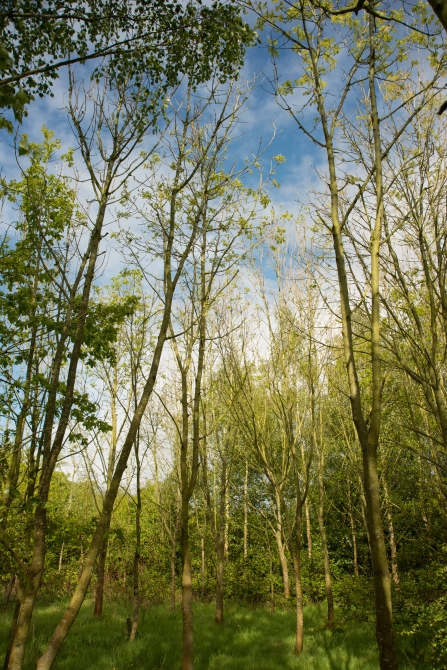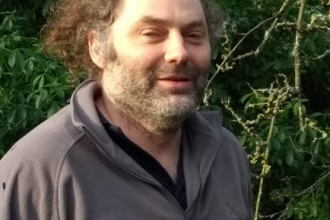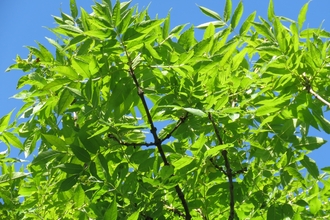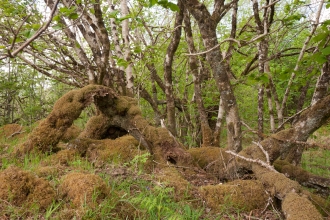The future of Ash trees across the UK is threatened by Ash Dieback; a disease caused by the fungus (Hymenoscyphus fraxineus), which has an Ash tree fatality rate of 94%.
Ash is a common and important tree in woodlands, open habitat and hedgerows and is present in many of Gwent Wildlife Trust’s nature reserves. Ash Dieback has now been recorded in all areas of Gwent and while the disease does not pose a direct threat to people, it does cause an indirect health and safety risk from diseased and unstable trees collapsing or dropping limbs.
In response, Gwent Wildlife Trust has produced a strategy to address the increased risks associated with Ash Dieback, while at the same time retaining and creating habitats for species reliant on Ash trees.
Gwent Wildlife Trust Chief Executive Adam Taylor said: “We will do all we can to maintain the health, safety and wellbeing of everyone working on or visiting our nature reserves, as we deal with the challenging consequences of Ash Dieback. This will involve felling Ash trees close to public areas, however, we are only felling trees that are a safety risk to people/property and we will retain the vast majority of our Ash trees.
“Any felling we do carry out will be completed as sympathetically as possible so that important habitats for wildlife and public access can be retained."
Currently there is no way to eradicate Ash Dieback and little that can be done to prevent its spread. So, identifying resistant trees is a major strand of UK research and the national strategy to address the disease, and something Gwent Wildlife Trust will be involved with, however, this solution will not be in place before a considerable proportion of Ash trees have been lost.
Adam added: “Ash trees provide an important habitat for more than 1,000 species including birds, beetles and mammals such as the Hazel Dormouse.
“As a Trust we are working to tackle the ecological impact of the disease both on our nature reserves and in the wider countryside. This will include identifying disease resistant trees and creating new dead wood and open habitats for wildlife.”
- If you have any concerns about Ash Dieback or would like to receive further information then visit Forest Research: www.forestresearch.gov.uk/
- Natural Resources Wales: https://naturalresources.wales/
- The Tree Council: www.treecouncil.org.uk/What-We-Do/Ash-Dieback
You can also find further information on Ash Dieback on this website including a blog about the disease by our Woodland Conservation Officer Doug Lloyd www.gwentwildlife.org/blog/doug-lloyd/ash-dieback
And for any other enquiries relating to our Ash Dieback and Gwent Wildlife Trust, please call our office on 01600 740600 or email Doug Lloyd: dlloyd@gwentwildlife.org

Photo credit:The Tree Council and Partners
"Ash trees provide an important habitat for more than 1,000 species including birds, beetles and mammals such as the Hazel Dormouse. As a Trust we are working to tackle the ecological impact of the disease both on our nature reserves and in the wider countryside.Gwent Wildlife Trust



